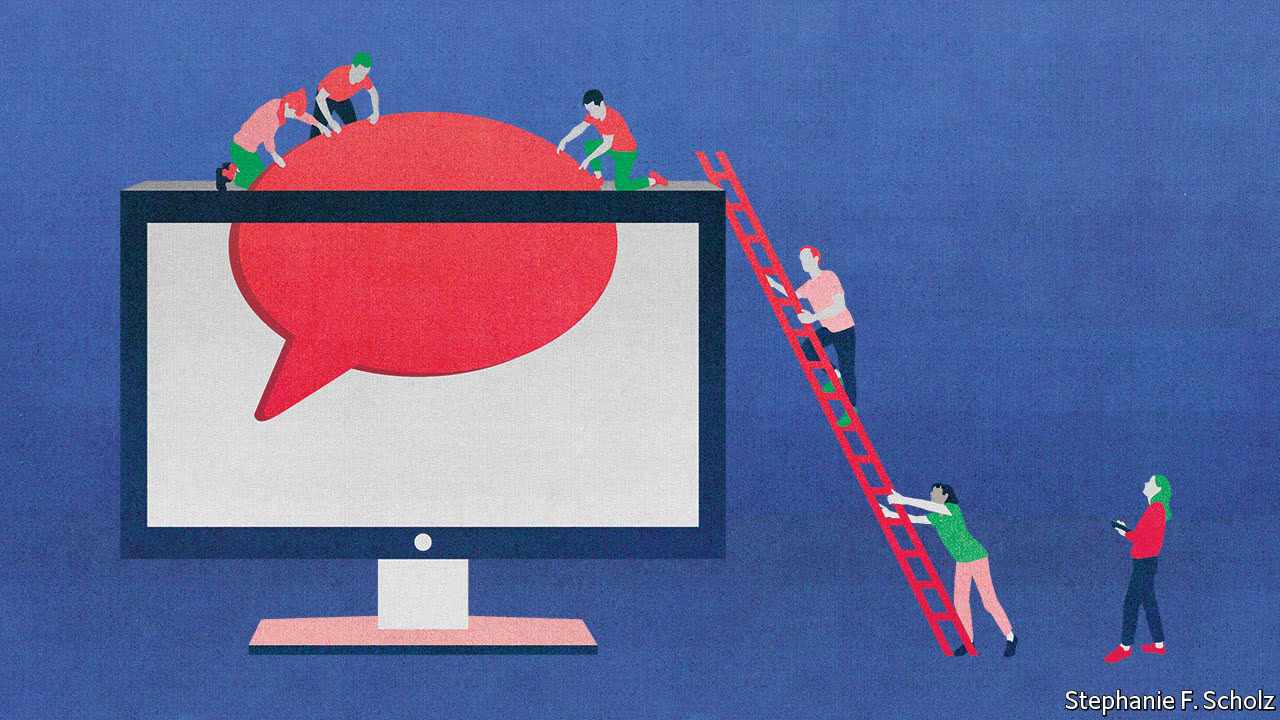SCIENCE fiction is littered with examples of intelligent computers, from HAL 9000 in “2001: A Space Odyssey” to Eddie in “The Hitchhiker’s Guide to the Galaxy”. One thing such fictional machines have in common is a tendency to go wrong, to the detriment of the characters in the story. HAL murders most of the crew of a mission to Jupiter. Eddie obsesses about trivia, and thus puts the spacecraft he is in charge of in danger of destruction. In both cases, an attempt to build something useful and helpful has created a monster.
Successful science fiction necessarily plays on real hopes and fears. In the 1960s and 1970s, when HAL and Eddie were dreamed up, attempts to create artificial intelligence (AI) were floundering, so both hope and fear were hypothetical. But that has changed. The invention of deep learning, a technique which uses special computer programs called neural networks to churn through large volumes of data looking for and remembering patterns, means that technology which gives...Continue reading
Source: Science and technology http://ift.tt/2BA8kBa


EmoticonEmoticon